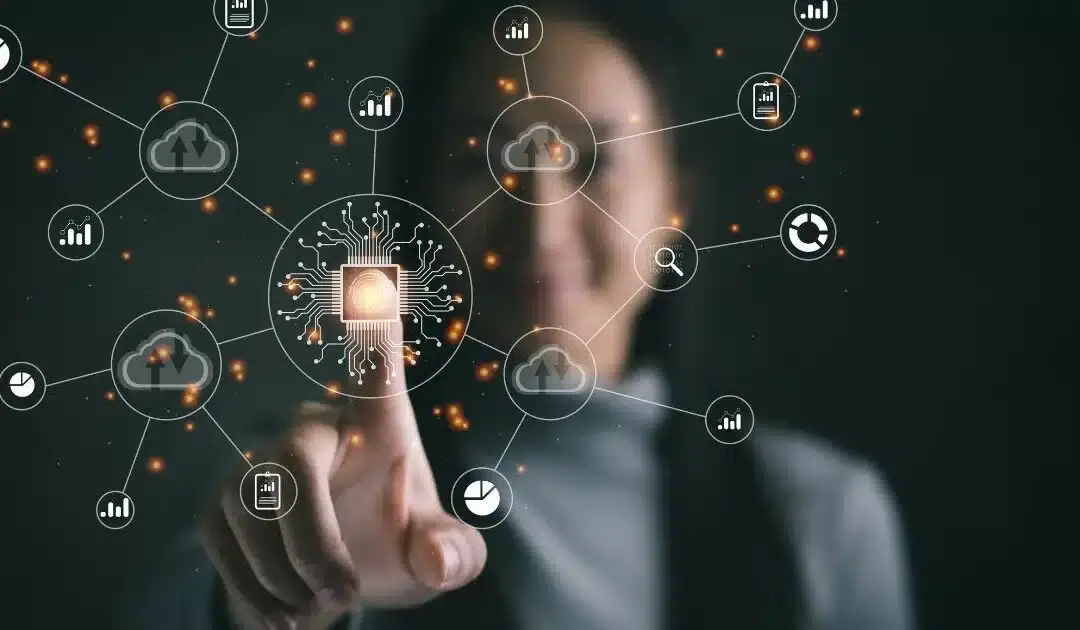A new "universal" AI deepfake video detector has achieved unprecedented accuracy in identifying manipulated content across various forms of synthetic media. Developed by researchers at the University of California, Riverside, in collaboration with Google scientists, this innovative tool addresses the growing threat of deepfakes used in scams, misinformation campaigns, and non-consensual pornography.
Deepfakes, which are AI-generated videos and audio clips that can convincingly mimic real people, are becoming increasingly sophisticated and readily available. These synthetic media pose significant risks, including identity theft, financial fraud, and the spread of disinformation. While deepfake detection technology has advanced, it often struggles to keep pace with the rapid evolution of AI-powered fakes. Many existing detection methods focus primarily on facial manipulation, making them less effective against entirely synthetic videos or those with subtle inconsistencies in backgrounds and lighting.
The new detector overcomes these limitations by adopting a holistic approach that analyzes multiple elements within a video. Unlike previous methods that primarily focus on facial features, this "universal" detector examines background details, lighting consistency, and spatial-temporal patterns. This comprehensive analysis enables it to identify subtle inconsistencies that often escape the human eye and even other AI detection tools. For example, the system can detect mismatched lighting on artificially inserted individuals, discrepancies in simulated environments, and anomalies in video game footage that mimics real-life visuals.
The detector's architecture incorporates a novel approach that allows it to examine different parts of each video frame, focusing its attention across the entire scene. This "attention mechanism" enables the system to detect tampering even in videos without human faces, such as AI-generated clips of empty rooms or altered landscapes. This capability significantly broadens the scope of deepfake detection, addressing a critical gap in existing technologies.
In tests against four datasets of face-manipulated deepfakes, the universal detector achieved accuracy rates between 95% and 99%, outperforming all previously published detection methods. It also surpassed existing tools in identifying fully synthetic videos without human faces, demonstrating its versatility across diverse forms of manipulated content.
The implications of this advancement are far-reaching. By accurately identifying deepfakes, the technology can help to combat the spread of misinformation, protect individuals from identity theft and fraud, and safeguard democratic processes. The detector could be used to flag non-consensual AI-generated pornography, deepfake scams, and election misinformation videos.
Despite its impressive accuracy, the researchers acknowledge that deepfake technology continues to evolve, and detection methods must adapt accordingly. Future improvements may involve incorporating specialized detectors that target specific types of manipulated content and raising public awareness about the risks of deepfakes. The researchers presented their work at the 2025 IEEE/Conference on Computer Vision and Pattern Recognition in Nashville, Tennessee on June 15.
While the new universal detector represents a significant step forward in the fight against deepfakes, challenges remain. One concern is that deepfake creators may develop adversarial methods to bypass detection, leading to a "cat-and-mouse" game between developers and AI-powered fakes. Additionally, studies have shown that even minor modifications to deepfakes, such as pixel adjustments or video compression, can cause detectors to fail. Also, most people cannot spot a deepfake. A 2024 study revealed that only 0.1% of participants accurately distinguished deepfakes from real content.

















